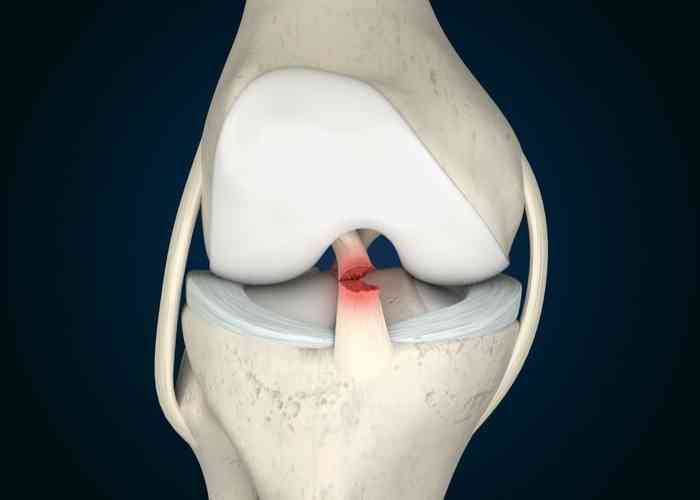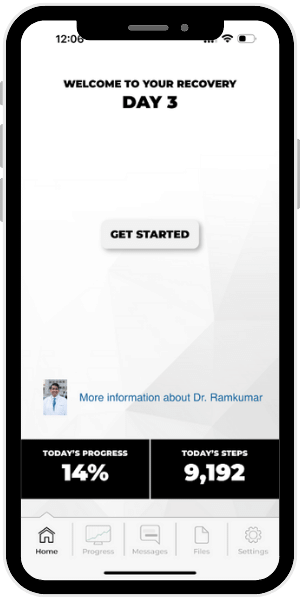PCL Reconstruction Surgeon
If you have a torn or injured PCL, you need to be seen by a PCL repair or reconstruction expert. Posterior cruciate ligament reconstruction surgeon, Dr. Prem N. Ramkumar has the experience and expertise in performing PCL Reconstruction surgery. He is located in Long Beach and serves patients in Los Angeles, Orange County, and surrounding Southern California areas. Contact Dr. Ramkumar’s office today.

What is the PCL?
The Posterior Cruciate Ligament (PCL) is the strongest ligament in the knee. The PCL runs through the middle and back of the knee and keeps the femur (thigh bone) from sliding toward the tibia (shin bone) and the tibia from sliding back into the femur. You’re more likely to suffer a PCL injury if you endure a major sports collision or accident, such as a car crash. Dr. Prem N. Ramkumar, orthopedic knee specialist, treats patients in Long Beach and serves Los Angeles, Orange County, CA and surrounding areas who are experiencing the symptoms of a PCL injury.
What is PCL (posterior cruciate ligament) reconstruction?
A minor PCL tear usually heals with conservative treatment, but a complete tear requires a PCL reconstruction to stabilize and restore function. Since each case is unique, Dr. Ramkumar will always discuss your individual condition and treatment options with you. PCL reconstruction replaces the torn posterior cruciate ligament. Dr. Ramkumar uses a ligament or tendon from the patient (autograft) or donor (allograft) to replace the damaged PCL. Autografts usually come from the bone-patellar tendon-bone (BTB) graft, hamstrings, or quadriceps tendons.

How is PCL reconstruction performed?
Posterior cruciate ligament (PCL) reconstruction surgery is a minimally invasive procedure, often done arthroscopically, with only a few small incisions to the knee. Dr. Ramkumar uses a special camera and instruments to remove the damaged PCL and replace it with a tissue graft already harvested from the patient or a donor. Dr. Ramkumar drills small holes into the tibia (shin bone) and femur (thigh bone), so he can attach the graft using anchor points called bone plugs. Once the graft is in place, Dr. Ramkumar will check the knee’s range of motion and make sure the graft is secure. The camera and instruments come out of the knee, and the small incisions are closed with stitches or steri-strips. The knee is dressed and then immobilized with a brace. Typically, the procedure is outpatient or day surgery, and the patient can go home the same day with pain medication and instructions to ice and elevate the knee to prevent swelling.
What is the recovery like after PCL reconstruction surgery?
The time it takes to recover from PCL reconstruction surgery varies per patient. The outcomes of PCL reconstruction are not as predictable as ACL reconstruction. The goal is to improve, but not perfect, the stability of the knee. Underlying conditions prior to surgery and how well a patient follows the post-surgical instructions play a factor in healing. Patients with a simple PCL reconstruction begin physical therapy immediately after surgery and usually return to work or school in about five days. It is common to be in a knee brace and/or crutches at this time. Dr. Ramkumar will specify how long the patient should use crutches, but it is typically a week or two. Once it’s safe, the patient can put weight back on the knee. It will take approximately 6 to 12 weeks before you can return to the gym and up to 9 months before a patient can return to sports that include side-to-side motions.


